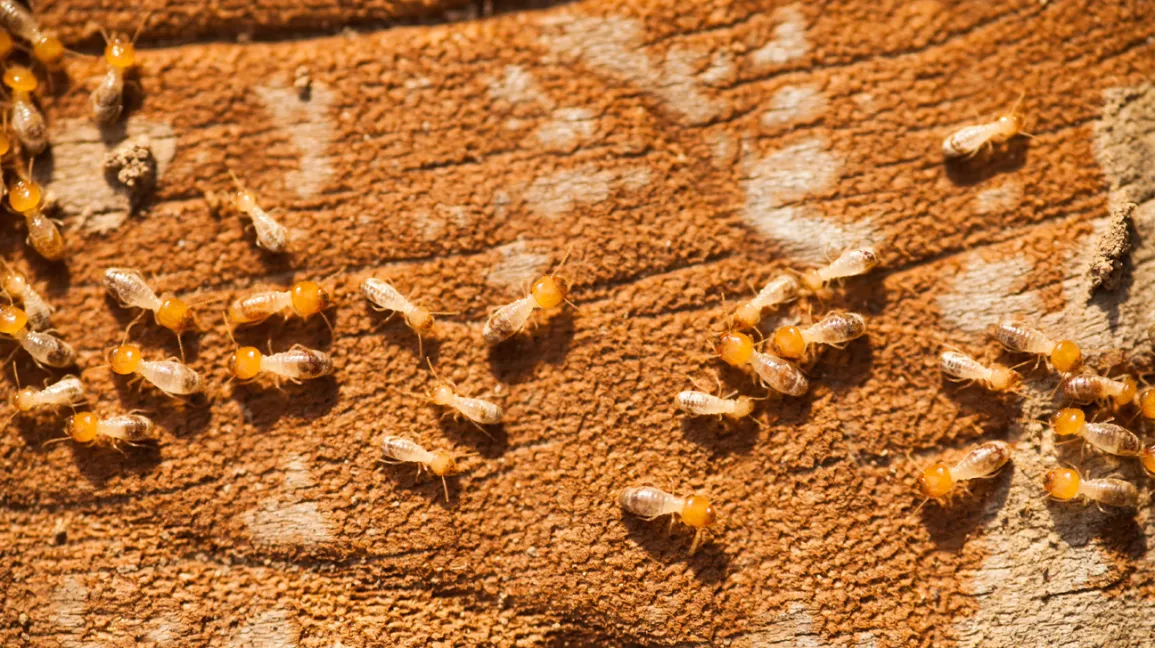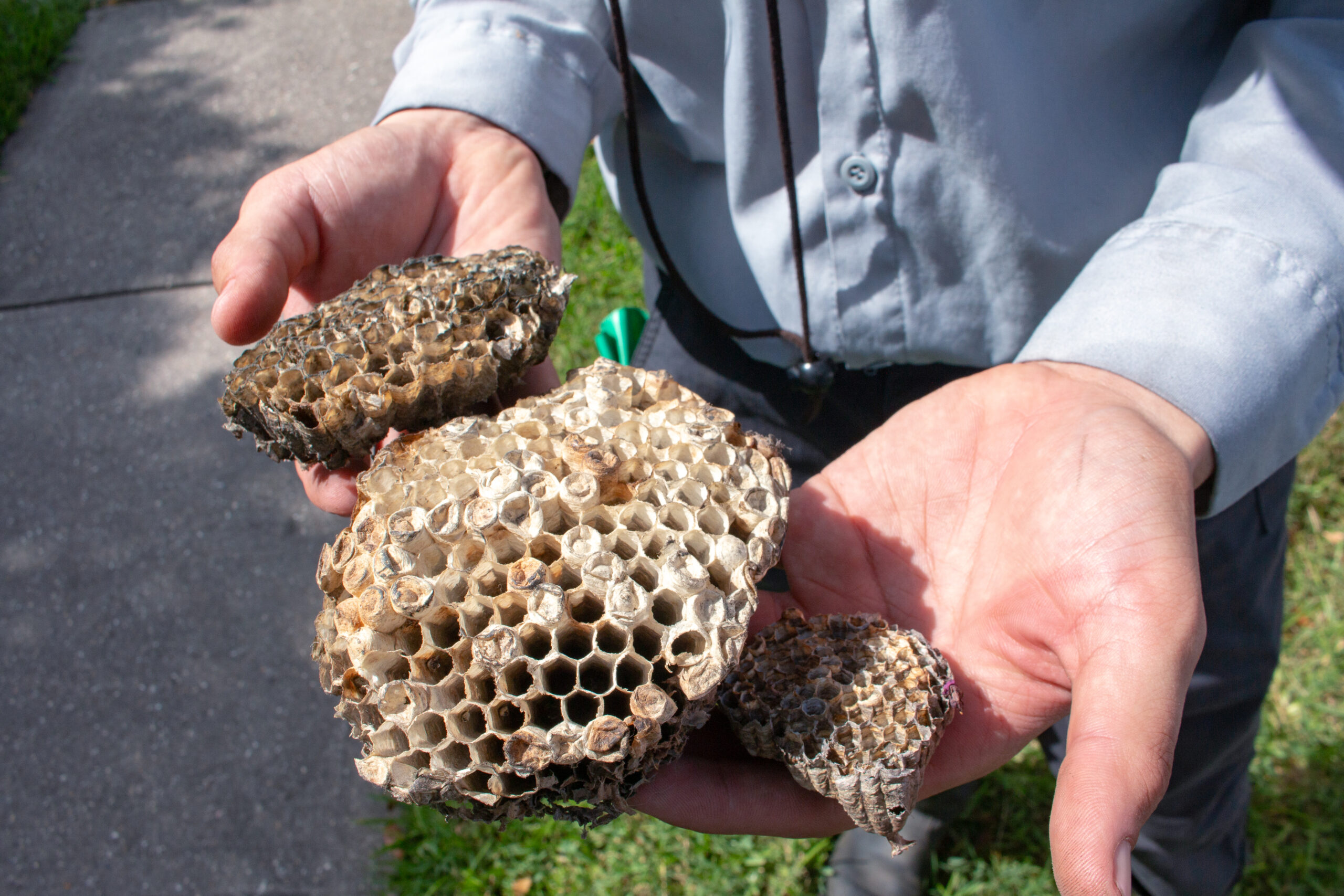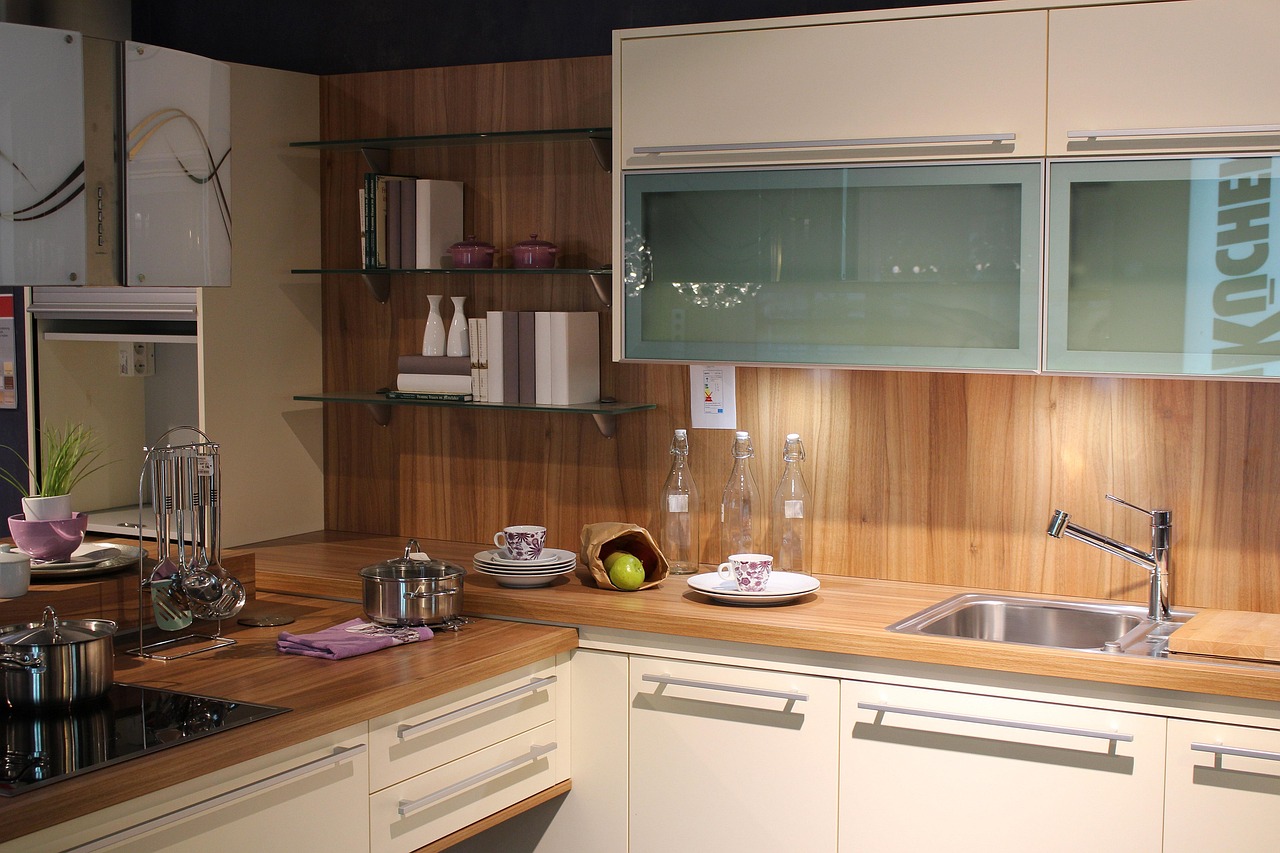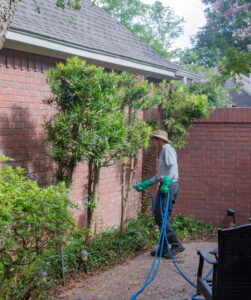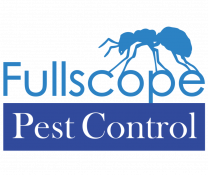Most people, if they were to observe a single termite, would probably not think of this insect as any kind of threat. However, when these insects gather as a colony, they possess the potential to inflict substantial structural harm to a residence within a relatively brief timeframe. Termites have earned themselves the nickname “silent destroyers,” due to their impressive capacity to consume wood, flooring, and even wallpaper virtually undetected.
These stealthy insect pests cause over $5 billion in property damage (over 600,000 homes) in the United States every year (that’s more damage than all windstorms, tornadoes, and hurricanes combined). Often there is much expensive damage caused even before the termites are detected.
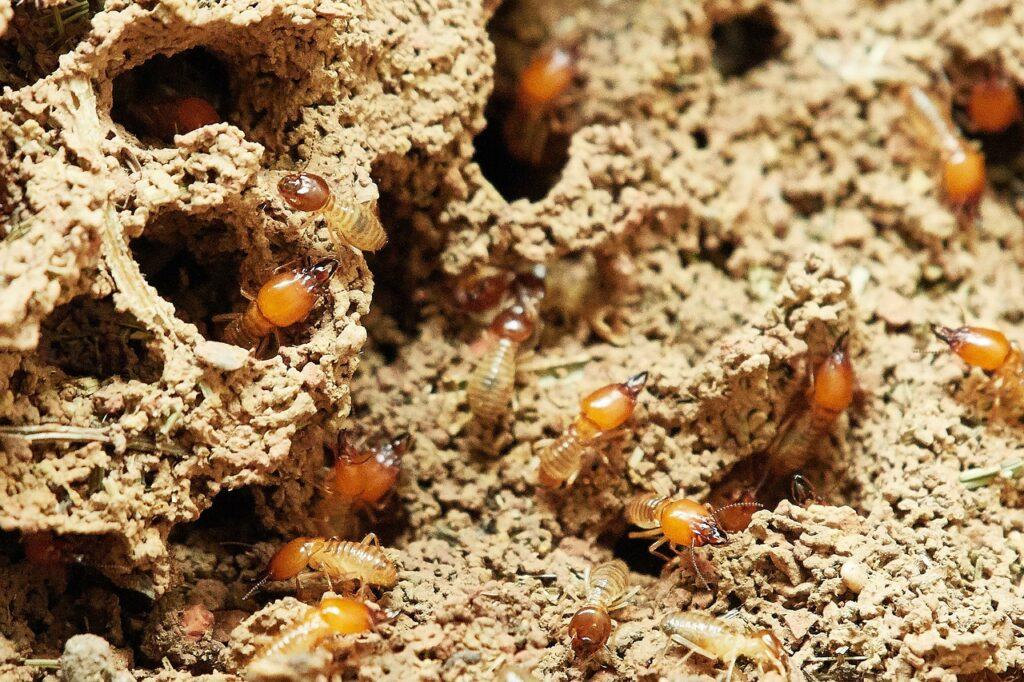
There are roughly 2,000 documented termite species worldwide (The two most common termites to the Houston area are Eastern Subterranean termites and Drywood termites), but following are common termite types that pose the largest threat to homeowners, not only in Texas, but also across the U.S.
Recomended Read : SILENT DESTROYERS AMONG US: SIGNS YOU HAVE TERMITES
Eastern Subterranean Termites
Subterranean termites can be located in all states across the U.S. (except Alaska). These particular termites establish their colonies underground or in damp, concealed locations above the ground, which can accommodate as many as 2 million colony members. These termites usually start outside your home and work their way inside, near the foundation. They construct unique “mud tubes” to access food sources and shield themselves from threats out in the open environment. Undoubtedly, Subterranean termites stand out as the most damaging species in the United States.
Drywood Termites
Drywood termites are known for infesting dry wood without the need for contact with soil, which distinguishes them from Subterranean and Formosan termites. Drywood termites’ favorite thing to eat through is any type of wood. They’ll enjoy eating the wood in your walls as well as any wooden furniture you have. This termite variety frequently creates nests within roofing materials and wooden structural supports of walls, and they can also take up residence in deceased wood found near homes. While they don’t demand as much moisture for survival as other species, they can still be located in wood near water sources, such as a leaking pipe or a water heater. Drywood termites are predominantly found in the southern-tier states, spanning from North Carolina along the Gulf Coast to the coastal regions of California.
Formosan Termites
Hailing originally from China, Formosan termites rank as the most ravenous, assertive, and cunning among the over 2,000 termite species documented by science. Formosan termites form massive subterranean colonies and construct elaborate mud nests within the walls of buildings. Due to their highly aggressive tendencies, effectively managing an infestation of Formosan termites can prove to be quite challenging. These tenacious termites are distributed in Hawaii, North Carolina, South Carolina, Georgia, Virginia, Texas, Louisiana, Alabama, Florida, Tennessee, South Carolina, and California.
Dampwood Termites
Dampwood termites, as their name implies, typically infest wood with elevated moisture levels (i.e., dead trees, rotting wood). These termites are generally larger in size compared to other termite species. Typically, they do not invade structures due to the relatively low moisture content in building materials. Nevertheless, precautions should be exercised to prevent the attraction of Dampwood termites to a property. These termites are primarily distributed in states along the Pacific coast and nearby regions, the arid to semi-arid southwestern areas, as well as southern Florida.
Conehead Termites
Conehead termites, originally hailing from the Caribbean, represent an aggressive and invasive species that officially surfaced in the U.S. in 2001. They used to be referred to as “tree termites,” but were later renamed Conehead termites to do away with the mistaken idea that they only inhabit trees. Unlike most other types of termites, Conehead termites don’t rely on subterranean tunneling for their movement. Instead, they forage on the surface of the ground, much like ants, which facilitates their rapid spread.
Despite all the preventive measures you can take, termites and other pests can just become overwhelming. Not to mention the fact that, termites can cause dangerous (and VERY costly) damage to your home’s infrastructure. Calling a professional termite control service is always much more cost-effective and a timesaver in the long run if you feel you are overwhelmed with termites and/or other pests in your home or yard. Deter expensive damage by getting a handle on things early on. Call our North Houston area (i.e., primarily Cleveland, Kingwood, Atascosita, New Caney, Humble, Porter, Conroe, Splendora, and other communities in the North Houston area) FullScope termite and pest control experts today at 832-898-0190 for a consultation. Or email us at [email protected]. We can quickly help you get your termite problems under control, as well as other expensive pest problems in your home, yard, or business. We use Sentricon Termite Baiting Stations as a long-term solution to help home and business owners like you get rid of their termite problems fast.

